Realize your child’s dream by choosing a safari in Zambia! Here are 7 natural parks to observe wild animals in this beautiful southern African country!
Zambia is a southern African country, famous for the Victoria Falls and its UNESCO World Heritage Parks. As the top place of walking safari, Zambia has been able to rise among the flagship destinations for wildlife observation. It remains not less frequented by tourists. Indeed, even if its neighbours in Kenya and Tanzania have much more developed infrastructure, here you will find what to experience truly authentic experiences. The landscapes of natural reserves are rich and varied, with many species. You will of course see them Big Five , dear to Ernest Hemingway: lions, elephants, leopards, rhinoceros and buffalos. You will also discover rarer specimens, such as alopecia or blue gnous. Each park offers different and exceptional experiences. To help you build your stay, we present you the safari in Zambia, with our favorite selection. Follow the guide!
1. South Luangwa
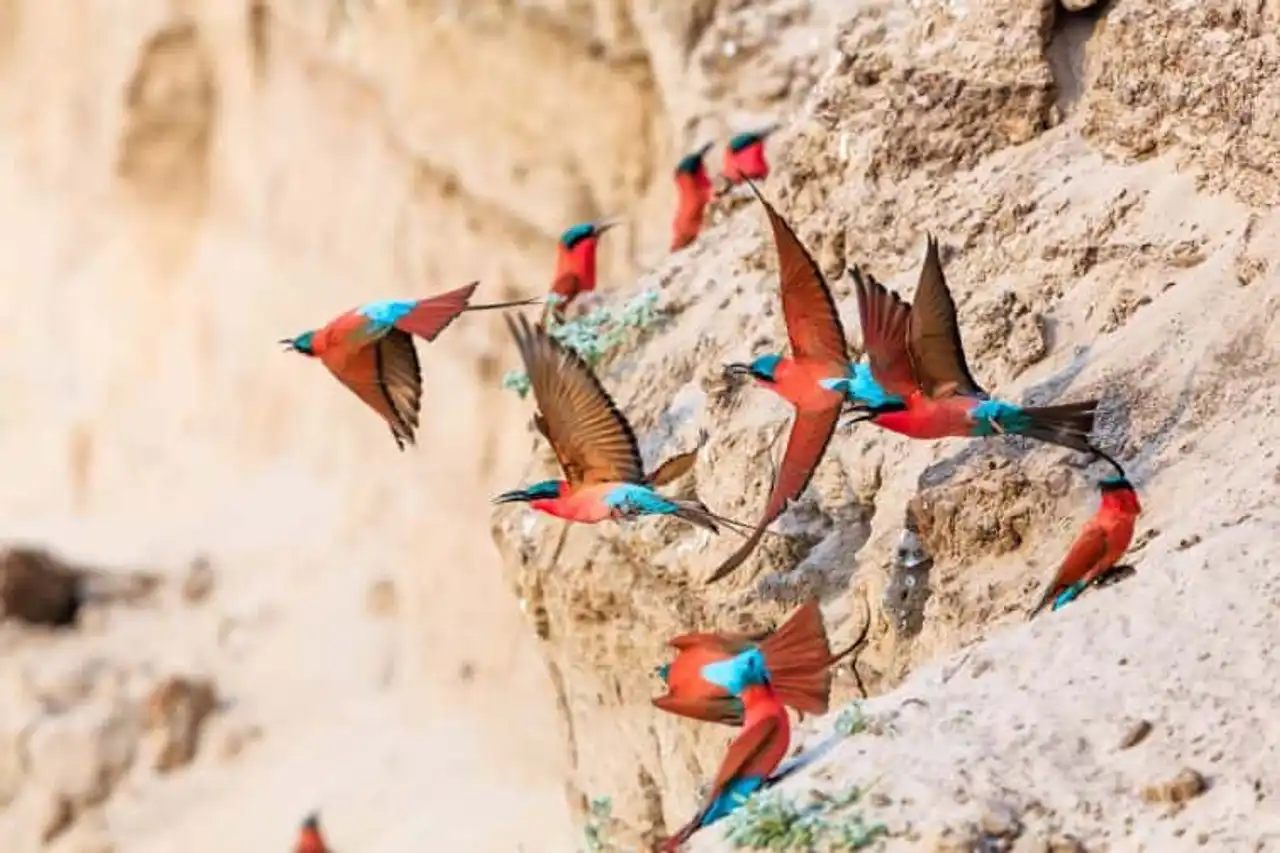
Photo credit: Shutterstock – Radek Borovka
Most of the park : be able to approach Thornicroft's giraffes very closely. Have the possibility of making a safari in Zambia at night, in 4×4, to meet the night predators.
The best time to go : the dry season, from April to November, when animals concentrate on the riverside to drink.
South Luangwa National Park is the foot safari Mecca. It is also one of the largest natural reserves in Africa, thanks to the Luangwa River and its tributaries. True sources of life, rivers shelter an abundant wild nature. With an area of more than 9,000 km 2 , you can easily spend several days in the park without lagging one second. The park welcomes all the iconic animals of the African continent, with the exception of rhinoceros and guépard.
In South Luangwa, you will also have the chance to observe rarer species. This is the case with the zebras of Zambia or Thornicroft. This endemic subspecies of the region is at the origin of the creation of the park. Finally, the density of wildlife generates tensions that turn into impressive clashes. The show is often at the rendezvous during a safari.
2. Lower Zambezi
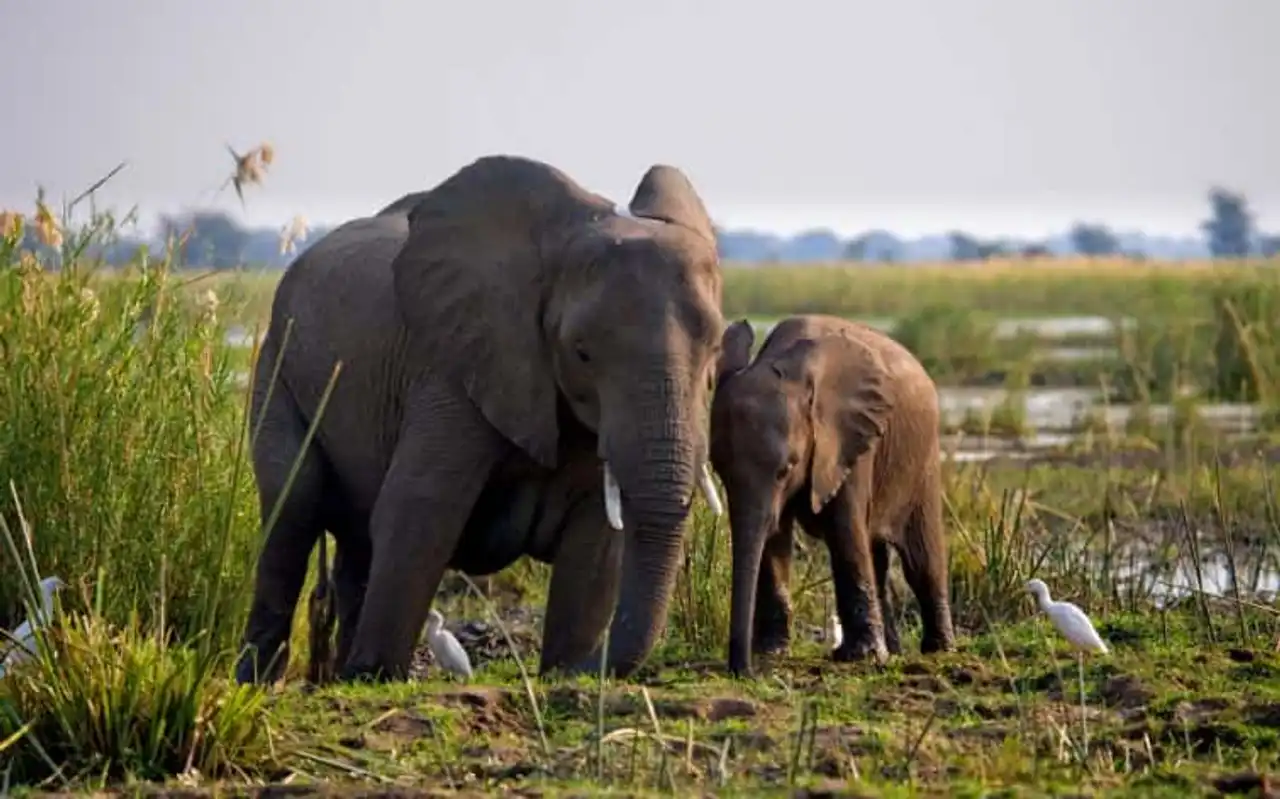
Photo credit: Shutterstock – GUDKOV ANDREY
Most of the park : here you can choose a safari in 4×4, by boat, by foot or by canoe. Amateurs can also practice fishing on the river.
The best time to go : the dry season, from April to October. During the rainy season, the trails are often impractical and the water of the river is muddy, making nautical activities less pleasant.
On a surface of about 4,000 km 2 The Lower Zambezi National Park is the most recent for safaris in Zambia. It houses the majority of large mammals: elephants, buffalos, hippopotamus, marsh beans, koudous, zebra, crocodiles, impalas, etc. The predators are not left behind, with families of lions and many leopards. The elephants, hippopotamus and crocodiles are certainly the most popular inhabitants of the park. The density of hippootames makes the canoe safaris exciting and impressive!
Finally, a huge population of multicolored birds extends along the banks of the Zambèze River. We can observe and hear the many fishermen eagles for miles. The landscapes of green forests and roses disappear as soon as you get away from the rivers. The vegetation then becomes shaved and the observations eased.
3. Kafue and Busanga
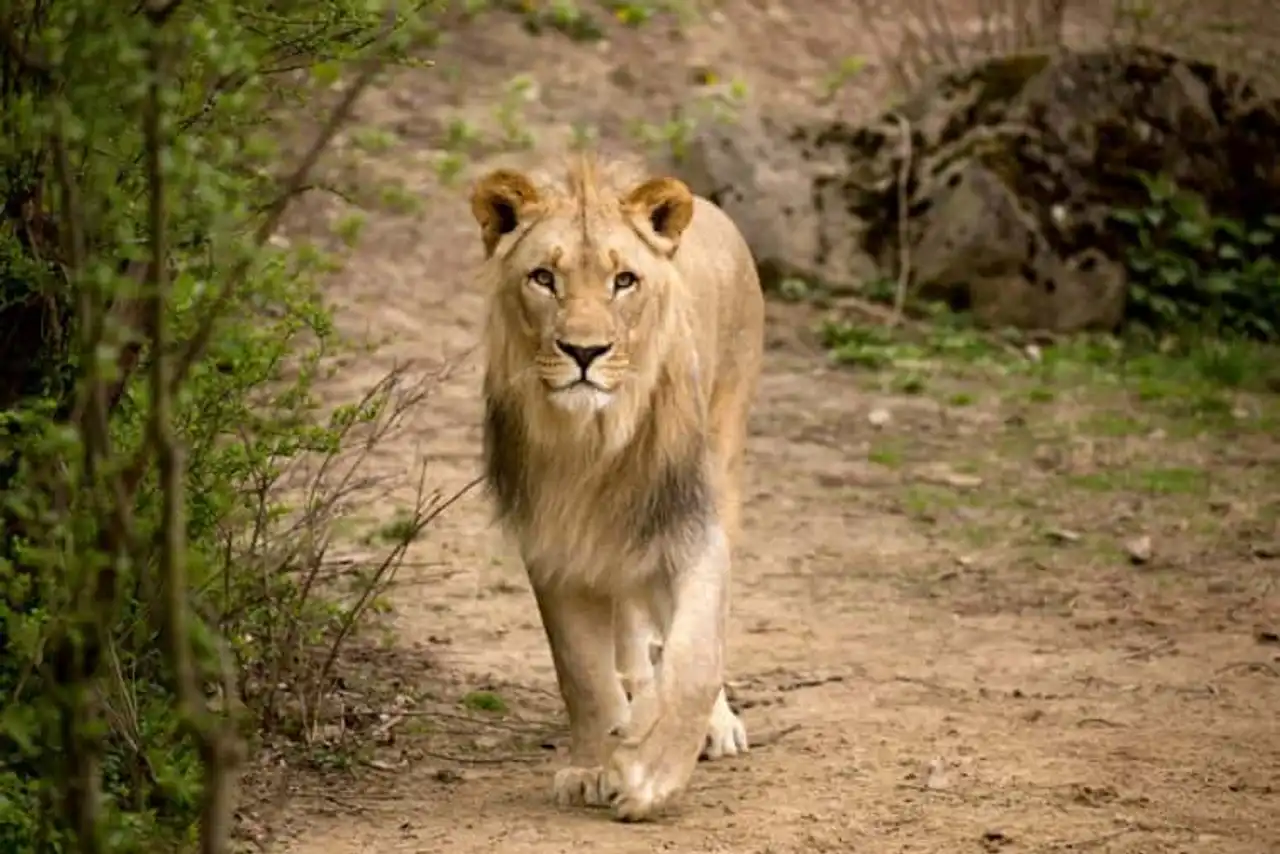
Photo credit: Shutterstock – Felineus
Most of the park : it is possible to fly over the plains of Busanga in hot air balloon.
The best time to go : in Busanga, the tracks are impractical until June. As a result, the best season to visit Kafue runs from July to October. Attention, the altitude of the park makes the climate cooler, wait for temperatures below 0 °c at night.
The variety of animals in Kafue National Park makes it a remarkable safari in Zambia. Here you will have the chance to discover rare species, which you don’t see in the other reserves of the country. This is the case of some cheetahs, antelopes or lycaons. The park is huge (22,400 km) 2 !) but still very little developed. Three large rivers the route: Kafue, Lunga and Lufupa. The flood plains of Busanga, in the northern part of the park, are totally different from the rest of the park. Much of the animal life is there in the dry season.
You will have understood it, the places lend themselves to a safari outside the beaten, wild and authentic trails.
4. Mosi–Oa–Tunya
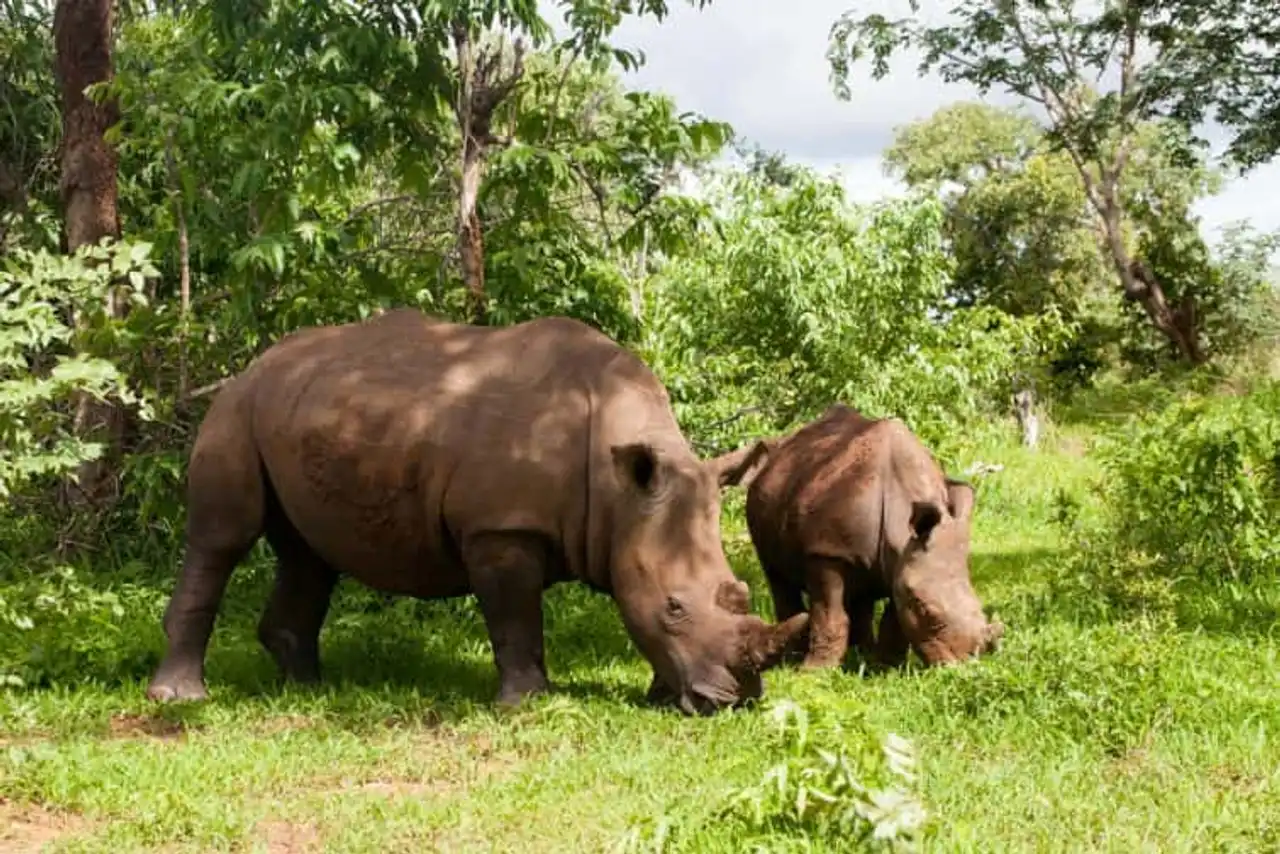
Photo credit: Shutterstock – JHVEPhoto
Most of the park : its proximity to Livingstone and the Victoria Falls that allow easy safari and other visits to the surrounding area.
The best time to go As for most parks, the dry season, from June to October, is to be preferred.
All south of Zambia, Mosi-oa-Tunya National Park is easy to navigate due to its small size (66 km) 2 ). In a short time, many animals are observed: elephants, zebras, antelopes, gnous, giraffes... No predators here, so you will have the opportunity to approach the fauna that is less fearful. With a little luck, you will also observe white rhinos. Exterminated by poachers, the species was reintroduced into the park from 1994.
The park runs along the Zambèze over 12 km from the Victoria Falls, giving it magnificent landscapes.
5. North Luangwa
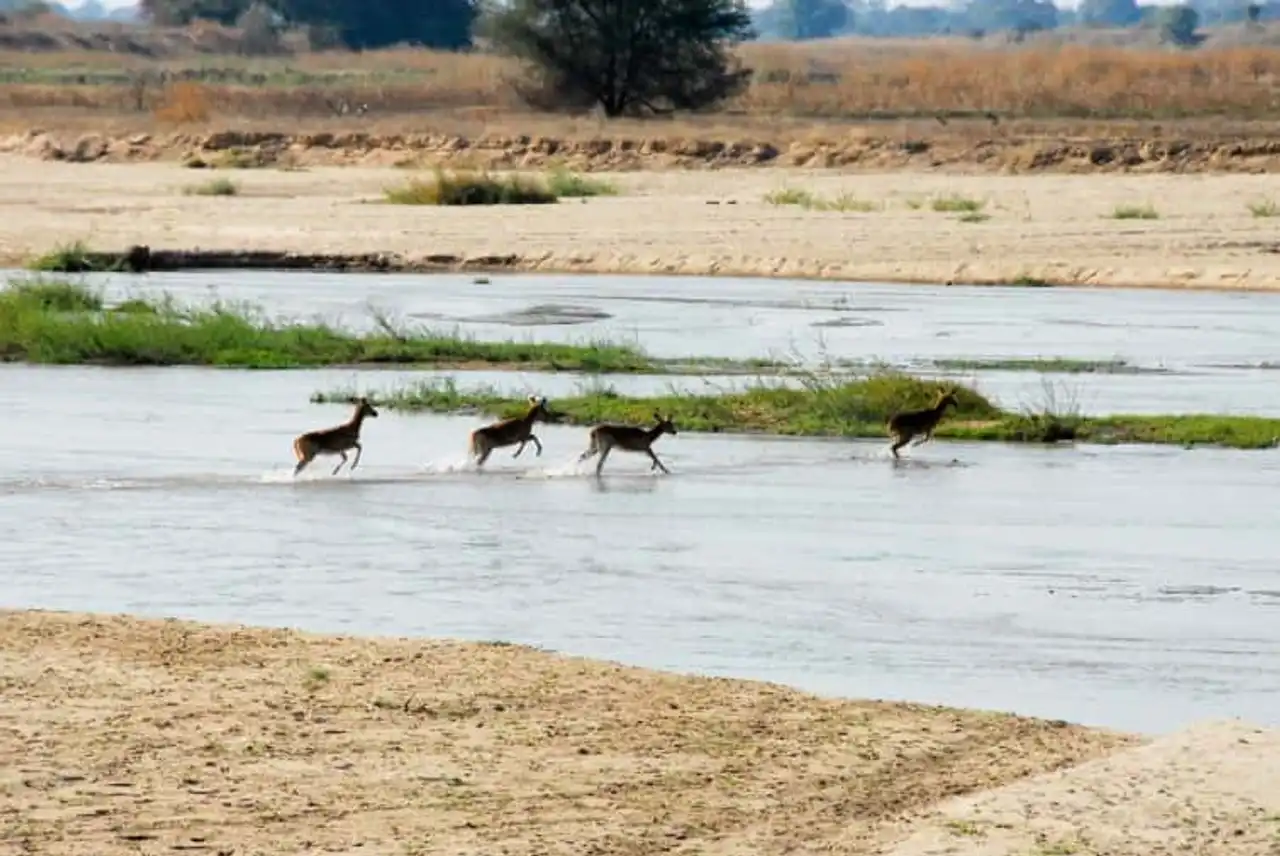
Photo credit: Shutterstock – Alberto Loyo
Most of the park Since the infrastructure is virtually non-existent, there are very few visitors. You will experience a wild, authentic and rare experience.
The best time to go : the park is only accessible in the dry season, from mid-June to late October.
A strong poaching in the 1970s and 1980s, North Luangwa Park returned from a distance. This is why the reservation is today very protected. Few tourist operators have the right to have visitors stay there. It is therefore a most exclusive safari in Zambia that awaits you. Safaris occur here mainly on foot, in the middle of a very dense vegetation. It consists of mopane forests, vast meadows, acacias, sausage trees, and chigomiers and mahogany. In dry season, animals concentrate in large numbers near the Mwaleshi River. Buffles, lions, gnous and impulses are then observed.
If you are passionate about ornithology, know that rare bird species elsewhere are present in North Luangwa. So go to meet the yellow-throat sentinel or the red-backed mahali!
6. Kasanka
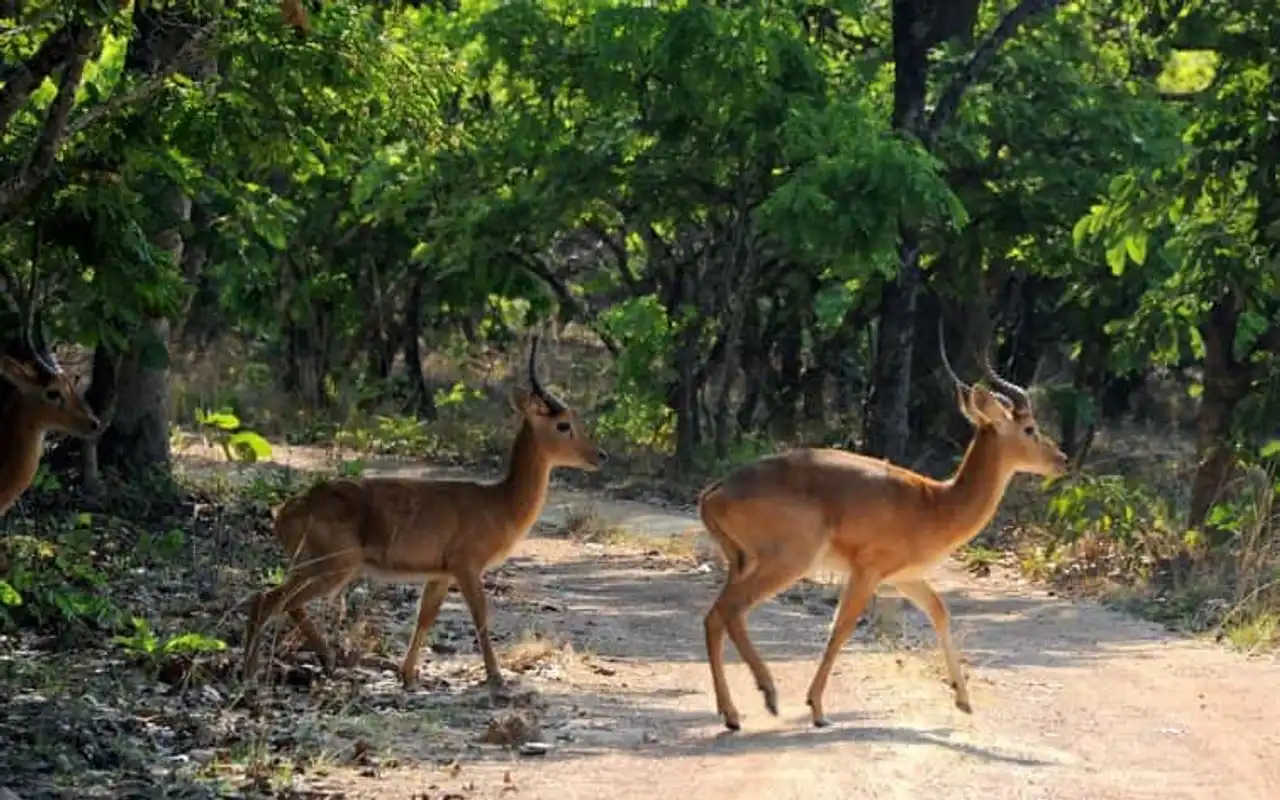
Photo credit: Flickr – Leo Klemm
Most of the park : about all the ecosystems in the country are present, which allows to cross almost all the birds and mammals of Zambia.
The best time to go In November and December, just before sunset, millions of bats leave their perch in search of food. If you are planning a safari in Zambia at this time, do not miss this show.
Rivers, lakes, marshes in papyrus, forests and vast lush meadows await you in this small haven of peace of about 400 km 2 . In the south-west of Bangweulu, this park, formerly targeted by the poachers, now boasts enhanced protection. Hippopotamus, zebra, pukus or kobs help to repopulate the park of animals. Safaris in 4×4, walking, canoeing and even by bicycle are possible. The Mofu tree is the highest in southern Africa. With its 65 meters, it dominates the canopy.
The park is also known for the observation of the rare sitatunga, an aquatic shy antelope, also known as water guib.
7. Bangweulu
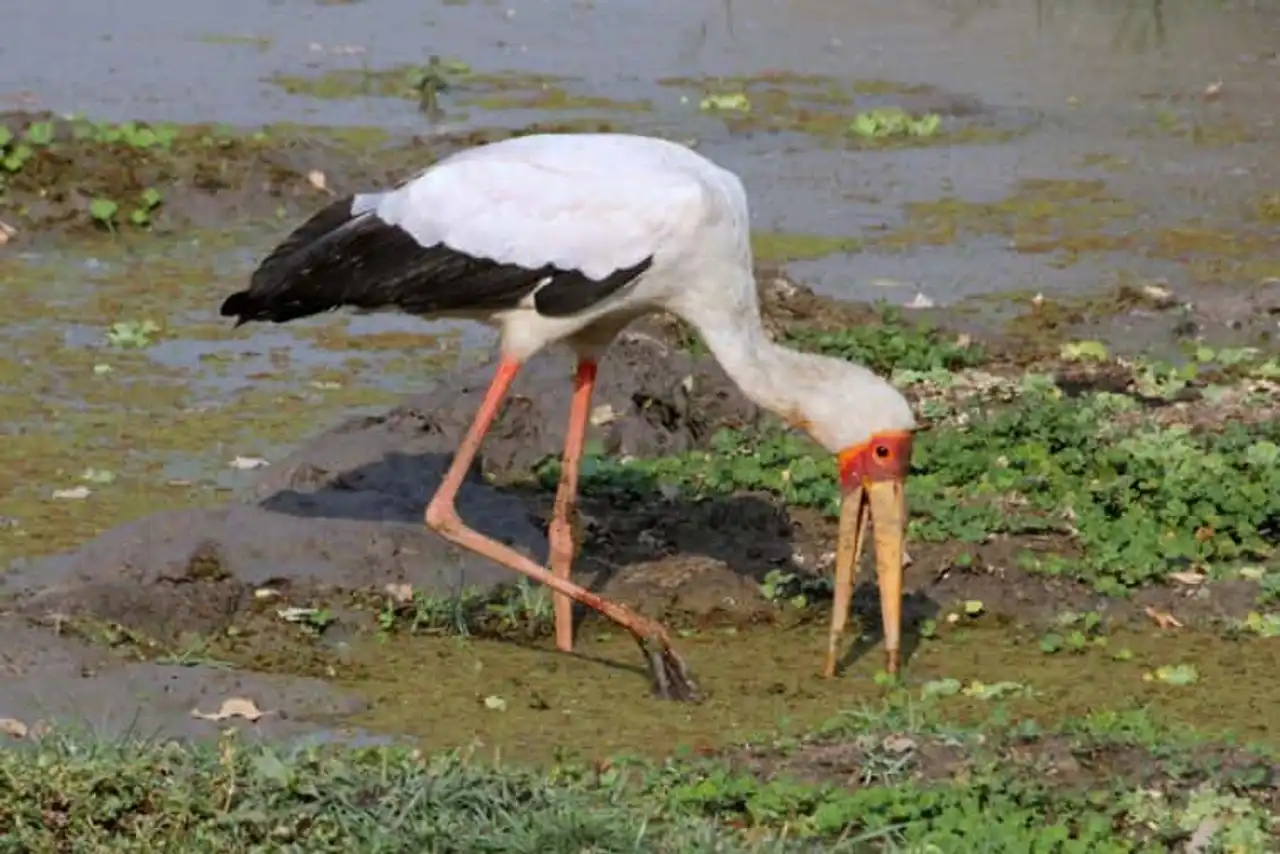
Photo credit: Shutterstock – GMC Photopress
Most of the park : the beauty of its landscapes, between plains that extend to a loss of sight, counterforts covered with wooded savannah forests and marshes with giant rosels and papyrus.
The best time to go January and February are rainy months for bird watching. However, it will be easier for you to safari in dry season in 4×4 (July-August), to see mammals.
No less than 17 rivers feed Bangweulu Lake and its plains. The area is very rainy, promoting marshes and bird coming from all over the region. More than 400 species make up local avifauna, making the happiness of ornithologists. The park star? The Nile's beak-en-sabot, this great gray sail of the pelican family.
On mammals, no lions here, but many animals successfully reintroduced, such as zebra, and elephants, leopards or buffalos.
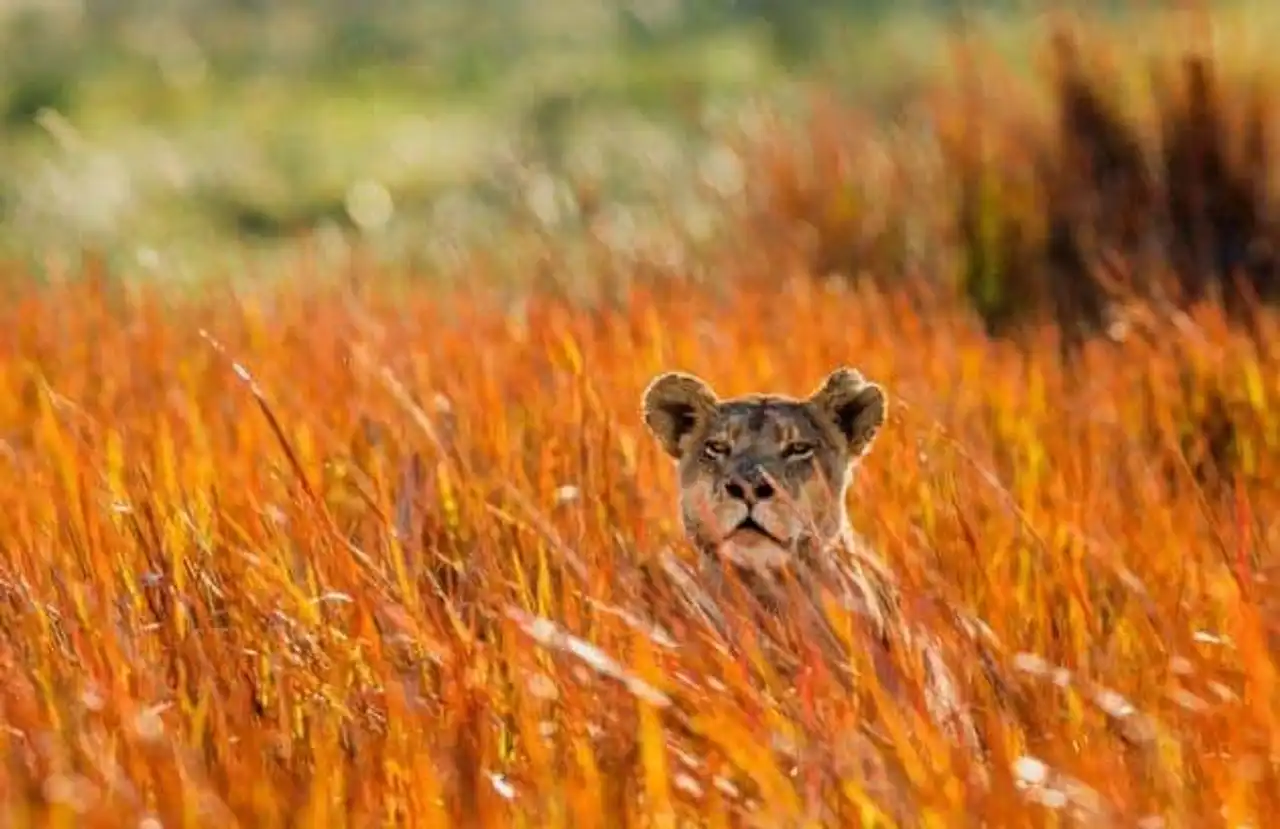




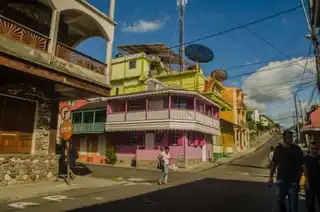
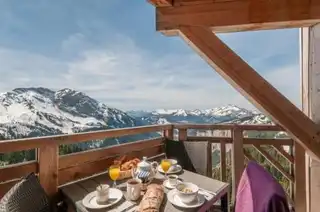

Loading comments ...